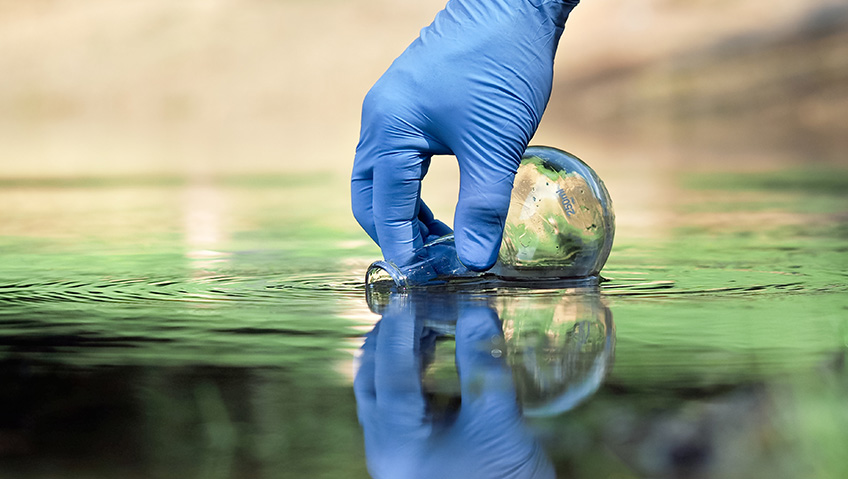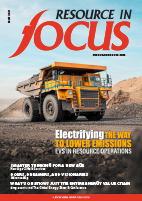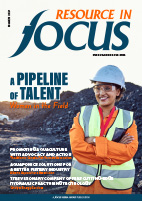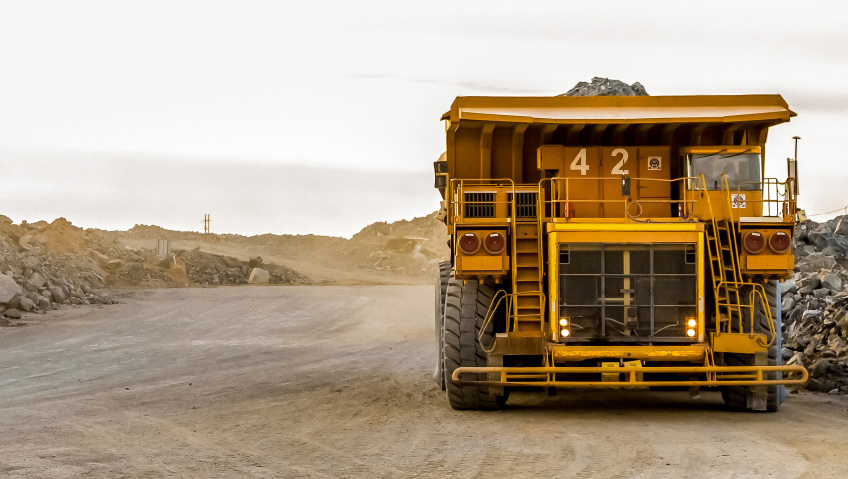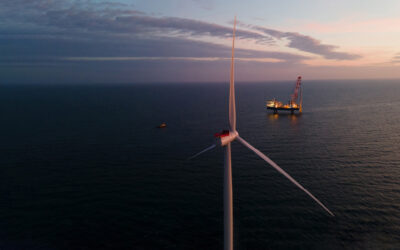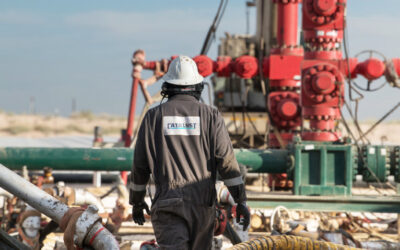In mining, oil and gas, and heavy industry, water is essential—but let’s remember that it’s essential to life, too…
In the resource sector, water represents life; without it, operations at mines, processing facilities, and oil and gas sites would come to a dramatic, and costly, halt. Water is vital in mining for everything from mineral extraction to transportation, and slurry transport to dust suppression.
And in the oil and gas industry, water plays many roles, both in consumption and production. These include drilling and hydraulically fracturing or “fracking” wells, which require plenty of water. Since water naturally occurs in rocks containing oil—sometimes in substantial quantities—this “produced water” is used, re-used, or disposed of after undergoing treatment to remove harmful chemicals, salts, and oil residue.
Other sectors using large amounts of water include coal and nuclear power. Although dozens of countries have agreed to phase out the use of coal, including Canada, Vietnam, and Poland, coal remains the second-largest source of power in the United States after natural gas, responsible for about 22 percent of all electricity generation (natural gas is tops at 38 percent).
In nuclear power plants, water is used for uranium fuel extraction and processing, electricity production, ultimate heat sinks (UHS) used to cool reactors, and waste storage. Under U.S. federal regulations, nuclear facilities must have from 10,000 to 30,000 gallons of water supply per minute available to cool reactors in the event of an emergency.
In the wood processing industry, water serves many purposes. Much like water being used in oil and gas to cool machinery during drilling, it is integral to cooling saw blades and preserving wood.
Although usage of water is significantly less in the renewable energy sector, it is used to wash wind turbine blades and solar panels, a positive consideration in the transition to green energy and the decarbonization of the world’s energy sector.
Sustainable management
Presently needing large volumes of water for extraction, processing and production, the world’s mining sector is actively finding ways of reusing water and reducing its use. And as the world transitions from fossil fuels to renewable sources like solar, geothermal and wind, the oil and gas sector needs to keep up with the times.
Far from slowing down mining, the shift toward renewables is necessitating more and more. A recent report from the World Bank, Minerals for Climate Action: The Mineral Intensity of the Clean Energy Transition, reveals that the push toward a low-carbon future requires more production. Clean energy technologies, including rechargeable battery storage for electric vehicles (EVs), require lithium, cobalt, graphite and other minerals.
The World Bank estimates mining production needs to increase by almost 500 percent by 2050 to supply the manufacture of solar, wind, and other green technologies.
Mining often takes place in developing nations, where water resources are scarce. While the need for water in mineral extraction and processing is high, it must be balanced with local water requirements for sustaining human and animal life, irrigating crops, and sanitation.
Mining stakeholders need to implement “climate-smart mining practices,” according to the report, and “Encourage and advocate for innovation to develop and share new technological developments to green mineral supply chains. This includes developing new methods to reduce water use, increase energy efficiency, deploy clean energy trucks and processing technology, and explore mineral recycling opportunities.”
The high price of illegal dumping
While water in the resource sector is essential, the amount consumed, and how it is used, treated and disposed of must adhere to environmental regulations. Published over a decade ago, Troubled Waters: How Mine Waste Dumping is Poisoning Our Oceans, Rivers and Lakes (Earthwork and MiningWatch Canada), focused on the over 180 million tonnes of hazardous mine waste being dumped in waterways worldwide.
All these years later, many of the findings in Troubled Waters still resonate.
While there have been improvements, the dumping, in bodies of water, of highly toxic heavy metals and chemicals still takes place, and not always in countries with slack regulations. In late 2017, an Australian mine dumped 63 truckloads of potentially acid-forming (PAF) reactive rock. The waste materials combusted, sending hazardous sulphur dioxide, which affects the respiratory system and eyes, into the air.
In 2019, an investigation found that 50 million gallons of untreated wastewater contaminated with lead, arsenic and other toxic metals were dumped into streams and ponds. And just last year, a Nova Scotia mining company pled guilty to contravening the Fisheries Act and was fined a total of CAD 125,000 for “unauthorized deposits of deleterious substances” into fish-populated waters in seven separate incidents. Around the same time, Duke University researchers revealed deadly mercury in water at illegal Peruvian gold mines.
And in Arizona, the Center for Biological Diversity filed notice to sue an international mining company over violating the Clean Water Act after it dumped rocks and dirt into a wash area in the Santa Rita Mountains.
“This wanton destruction of desert washes is unconscionable and inconsistent with the mandates of the Clean Water Act,” said Sandy Bahr, Director of Sierra Club’s Grand Canyon Chapter in a media statement. “We simply cannot stand by and allow this multinational mining company to harm our precious Arizona waters.”
Finding solutions
Unlike the mining and oil and gas extraction of the past, many of today’s resource sector companies recognize the importance of water conservation, including preservation, reuse, and treatment.
Often locally sourced from groundwater, rivers or lakes, water is usually transported by trucks to oil or gas wells for fracking, with each well using anywhere from 1.5 million gallons (5,678,117 million litres) to 16 million gallons (60,566,588 litres).
Mixed with chemicals and sand to boost fracking abilities, large amounts of water are also used for drill lubrication and cooling. While operations usually proceed as planned, older or poorly constructed wells can leak, with contaminated water ending up in creeks, streams, or other bodies of water. To prevent this, water is treated, reused, allowed to evaporate, or disposed of below ground.
Like oil and gas extraction, mining also produces highly concentrated wastewater, often acidic, and full of arsenic, iron, and suspended soils. In the United States, mines must follow guidelines from the Environmental Protection Agency (EPA) governing extraction and wastewater, which varies with what is being mined.
In his insightful dissertation, Assessment of Impact of Mining on Water Quality and its Modelling—written to attain the degree of Master of Technology in Mining Engineering—Amarendra Sahoo says, “Water is the most essential requirement for life. The most fundamental component of sustainable development is to ensure that the streams, rivers, lakes and oceans are not contaminated due to human activities… The ever-increasing mining activities pose a serious threat to water resources. The awareness of the environmental footprint of mining operations is consistently growing, but it often gets little attention. Environmental pollution is the price that we pay for our everyday use of minerals and their products.”
The resource sector is vital to the global economy and our everyday lives. As technologies improve and environmental awareness increases, we can hope that issues around water receive growing attention and that this substance vital to life of every kind continues to be respected, conserved, and protected.

